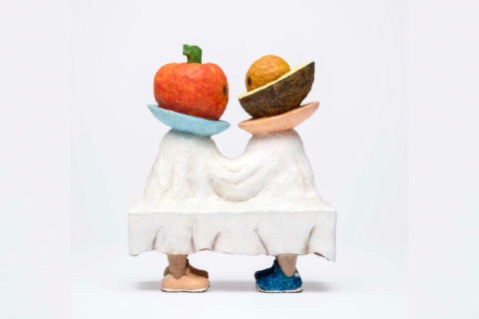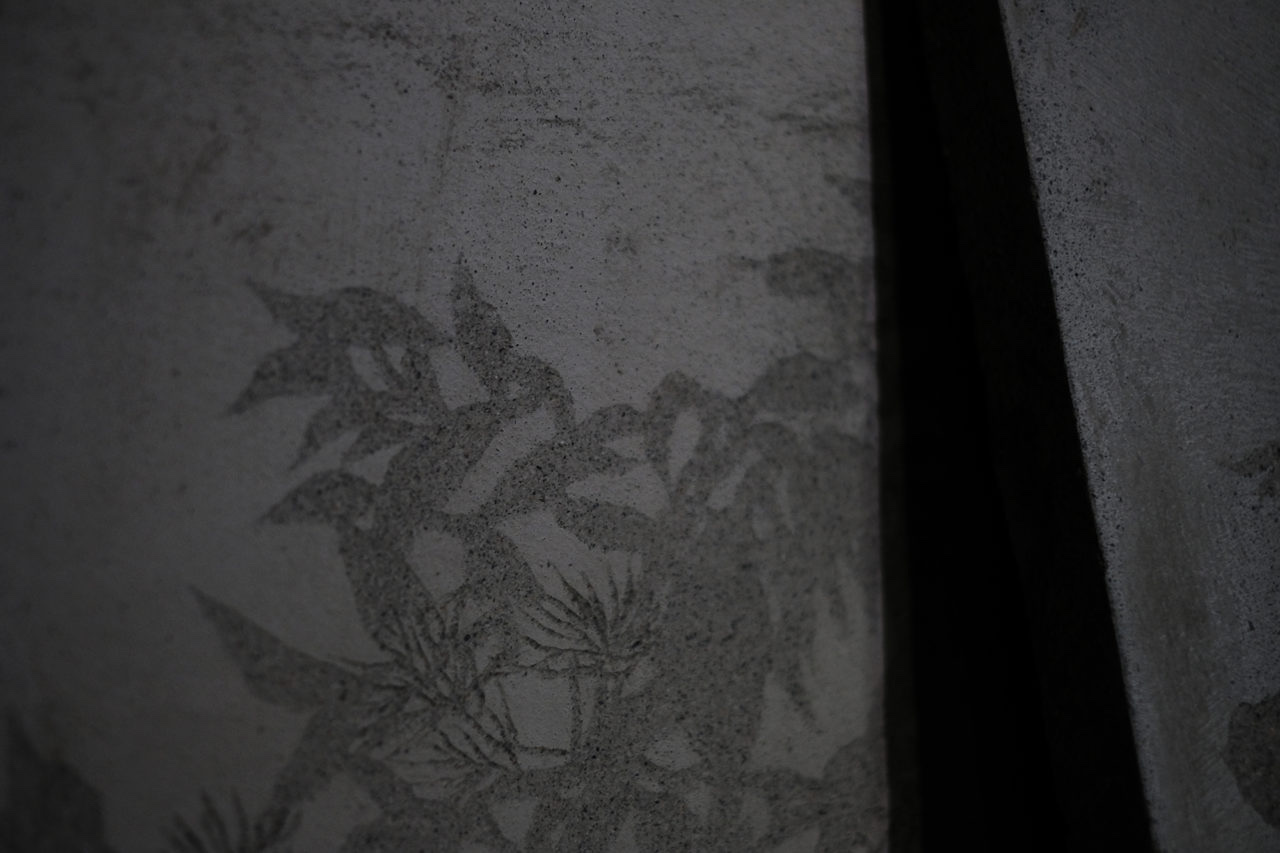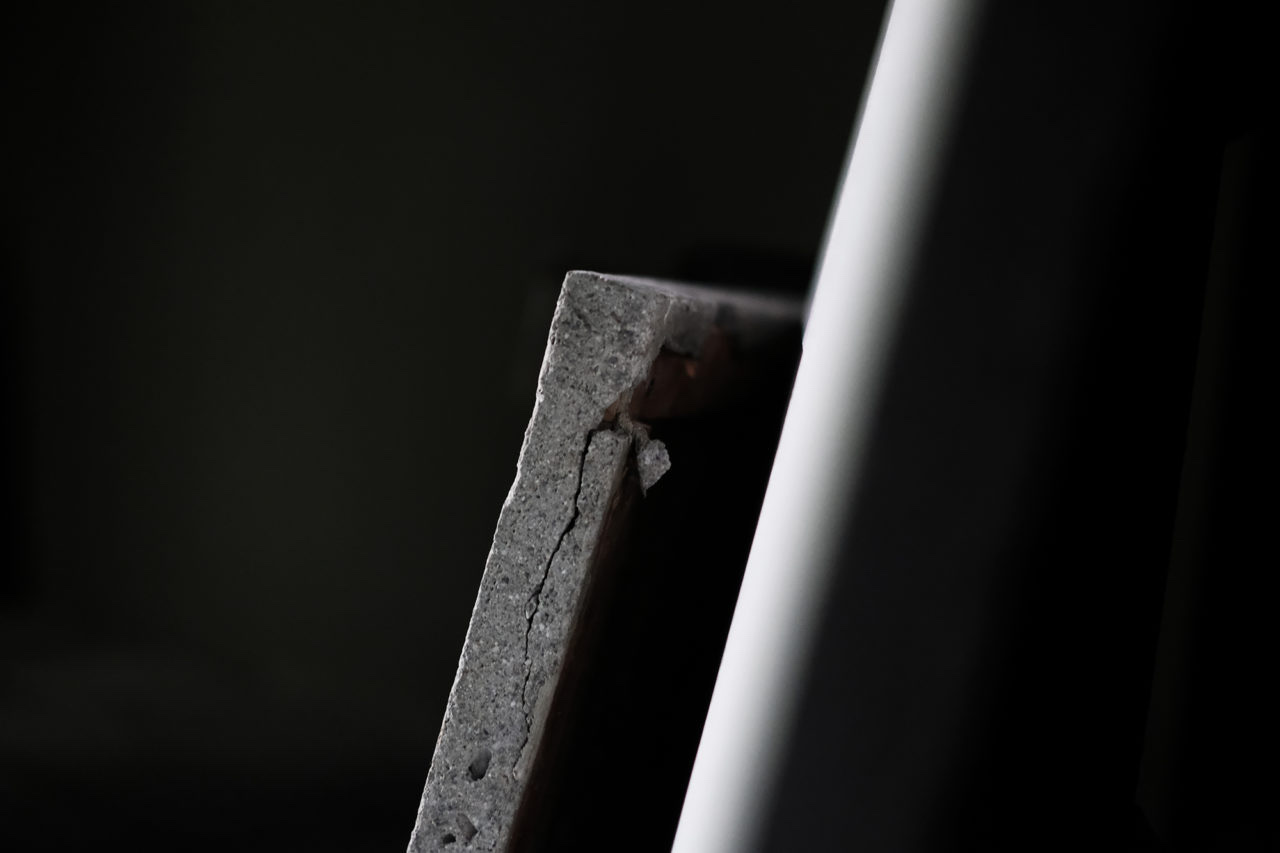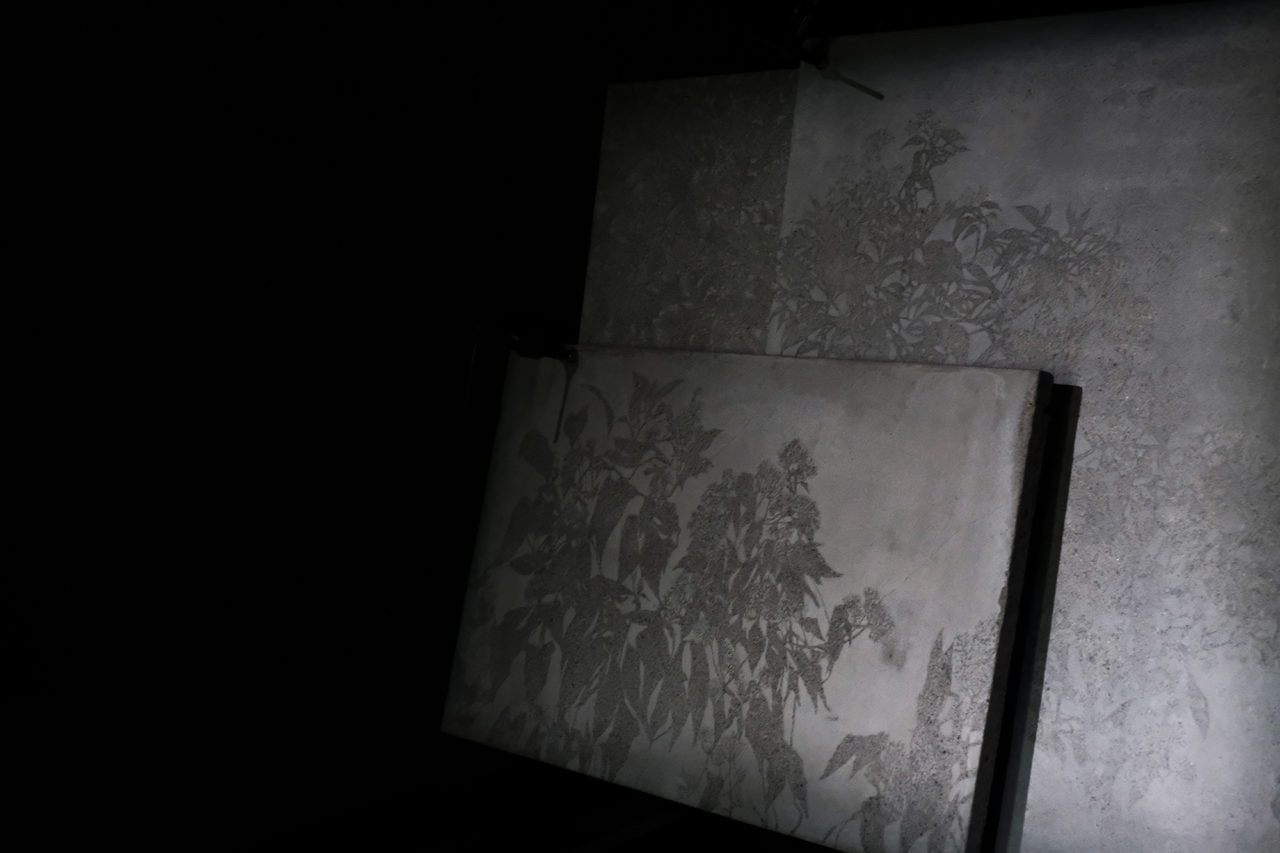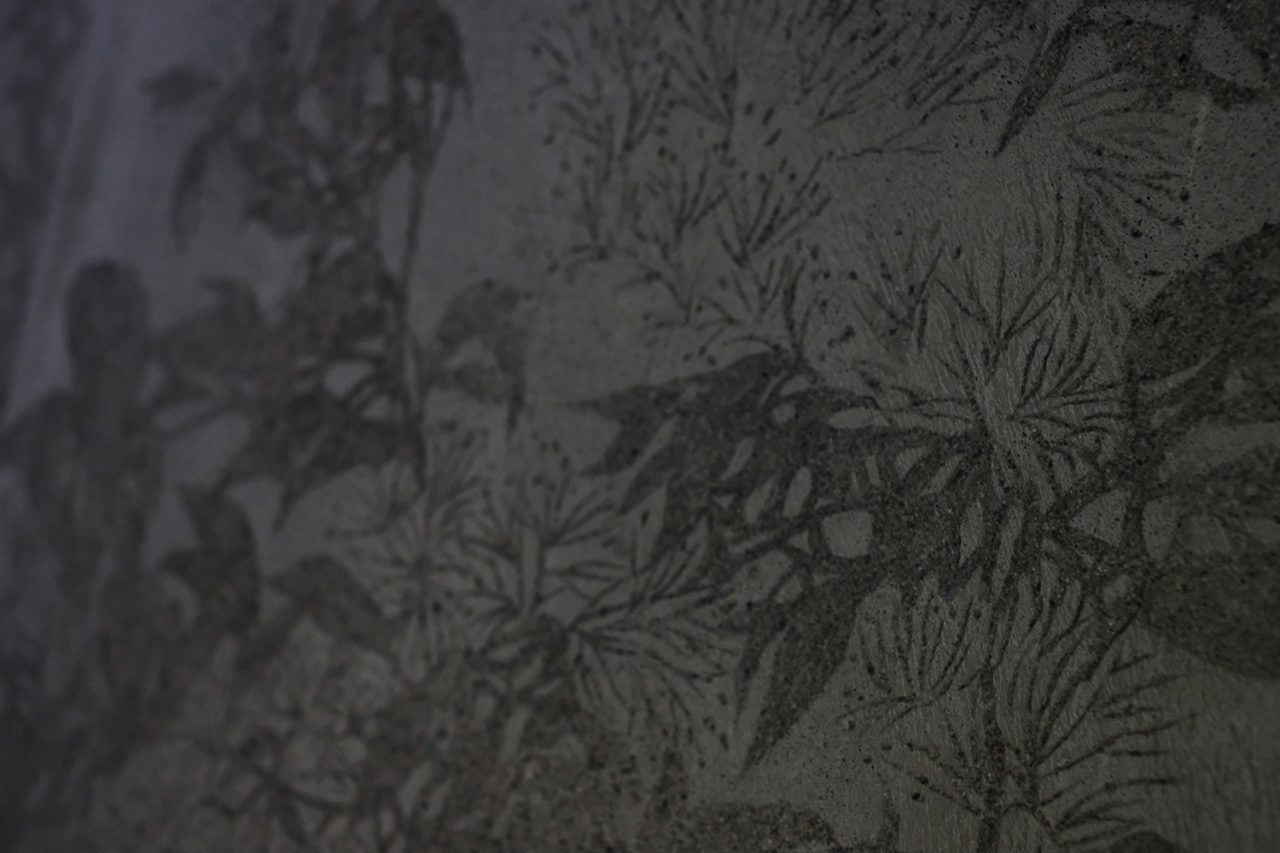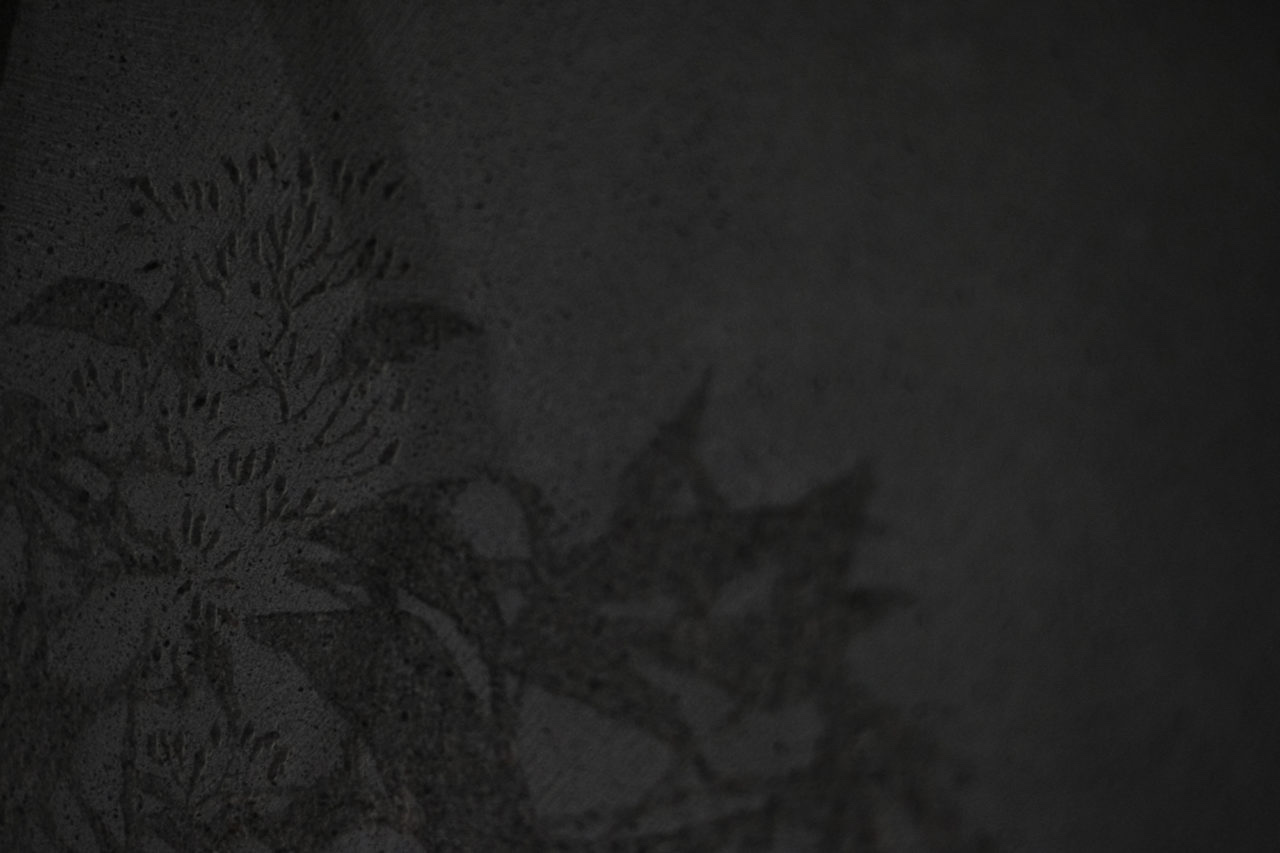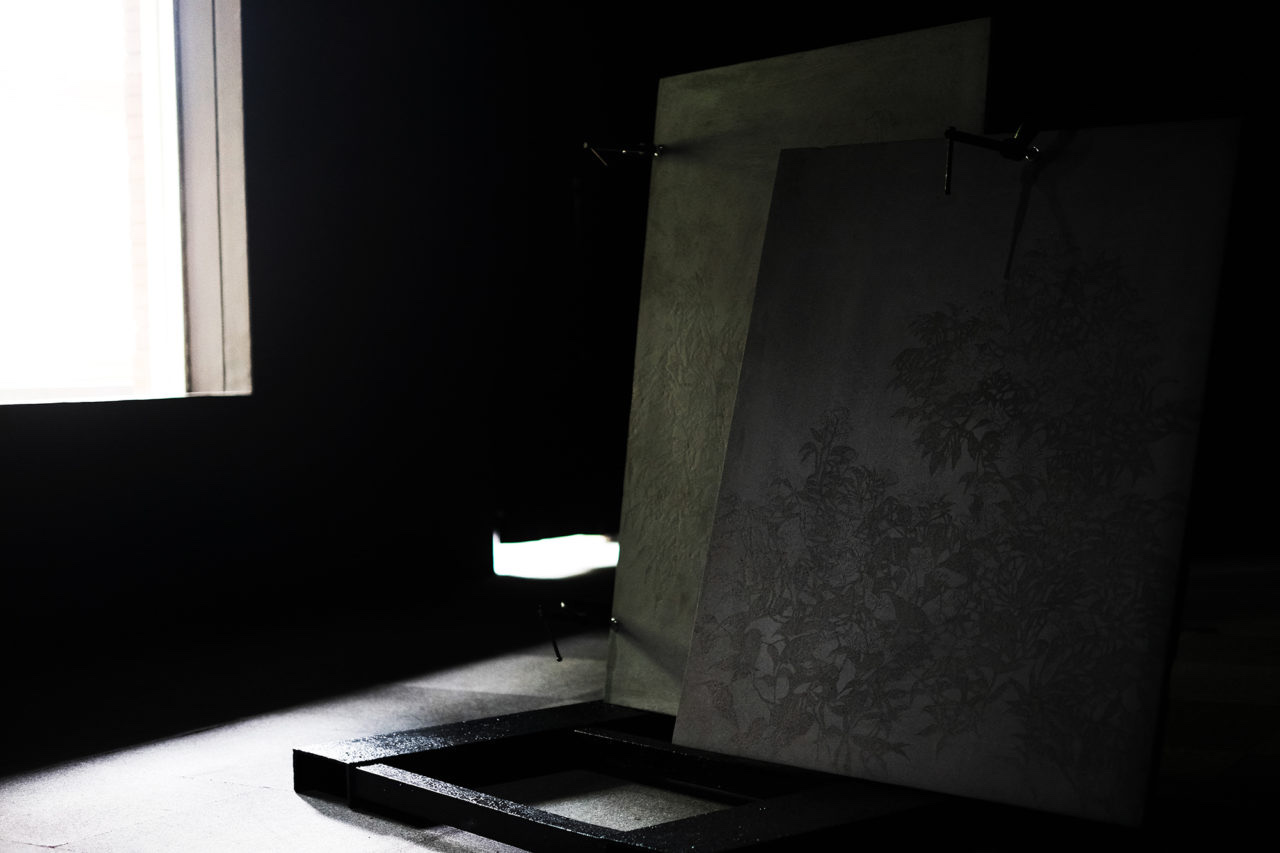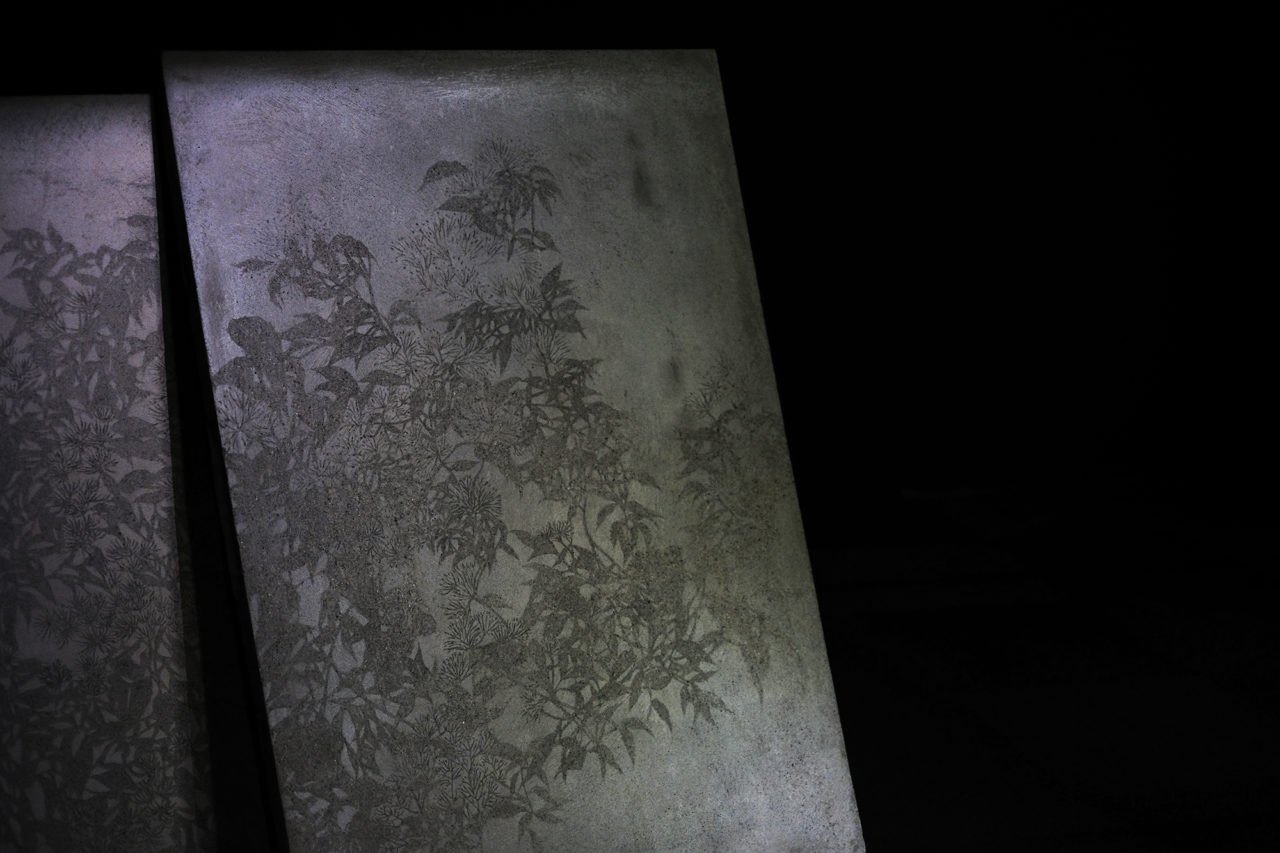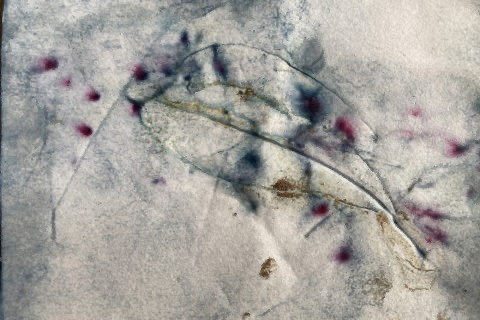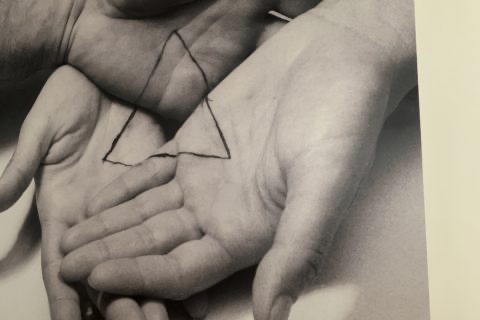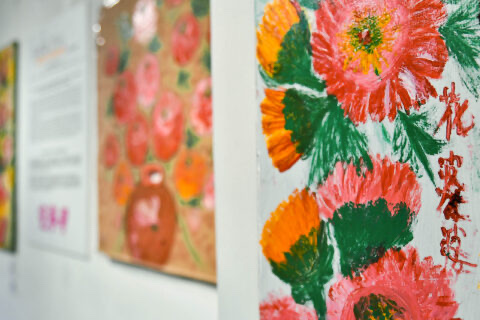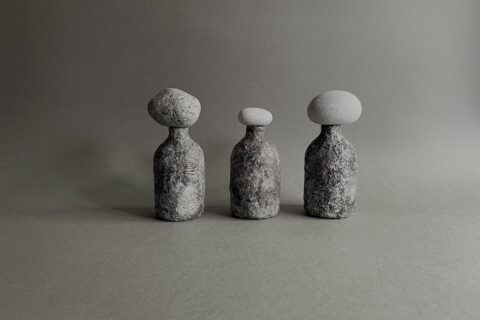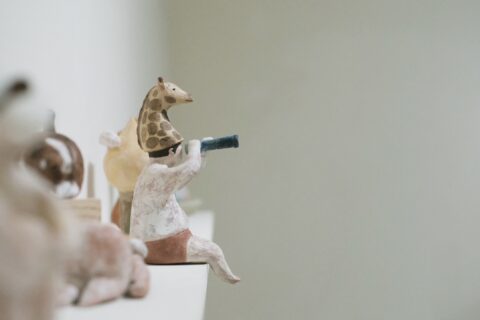由台南坐高鐵來台北最快的時間為1小時26分鐘,在疫情期間減少了班次,待疫情放緩後人流漸多,班次趕不上乘客,我在候車大堂等待了兩小時,「時間」見證了當下的歷史,我將永遠記得在疫情期間,我在此等待的時光。
在台北,我很喜歡在中山捷運站附近、長安西路的台北當代藝術館 MoCA。在台灣疫情最嚴重的兩個月裡,MoCA正舉行二十周年系列展覽,名為《歷史・當代》。藝術遇上時代大事,同時記錄時代裡的大事件,我好奇「時間」真的可以被保留並展覽嗎?
「若當代藝術是場不斷回應時代議題的運動,一個在城市中身負書寫歷史任務的美術館,又該如何回顧這段二十年來的過去進行式?」節錄自台北當代藝術館的宣傳單張。
MoCA單是建築物便很吸引人,在日治時期這棟紅磚建築物是小學校舍,後來成為台北市市辦公廳,在台北富有歷史意義。進入展場後我走著走著,被眼前的植物作品吸引著,作品只靠日光映照,燈光昏暗,我看不清楚以為是水墨畫,那不是室內展覽館常有的作風,於是我走得更近去凝視這些作品,才發現原來是水泥。這是雕刻出來的浮雕,像影子,這種植物很眼熟,原來是藤蔓類的小花蔓澤蘭,作品簡介上寫著:「小花蔓澤蘭本來是中南美洲原生植物,在二次世界大戰時因為戰略的需求被引進亞洲,當時的軍事用途是當作機場的偽裝掩體。」
這組名為《植栽》的系列作品是邱承宏在2019年創作的版本,較早的版本也曾在2016年MoCA及台北空總創新基地同時展出。「空總創新基地」在日治時期是台灣總督府工業研究所,後來成為台灣空軍總司令部基地,2016年開始成為文化藝術展覽場地。「小花蔓澤蘭」正是他在「空總創新基地」看到的植物,從二戰到現在,那植物攀藤著建築物一直過了70年。
回到MoCA 二十周年系列展覽,主軸圍繞在當代藝術的時間性(temporality),當「當代」進入「歷史」看似矛盾的概念,而我們又剛好身在其中,兩者沒有衝突地進行時,不會就是「當下即永恒」吧?邱承宏用浮雕記錄生長速度驚人的植物,把時間定格在瞬間;MoCA則再次翻開歷史作品,而我剛好在此時此刻相遇,時間將會流逝,卻不會消失。曾發生過的成為了歷史,可有想過時間不是線性,而是旋轉的狀態?偶然覺得似曾相識?我們創造了歷史、成為了歷史,又回到了歷史之中,如果是這樣,一切高低起跌或許只不過是一束「小花蔓澤蘭」,我們各自生長,某日被刻劃成歷史。
The fastest trip from Tainan to Taipei by the High Speed Rail takes 1 hour and 26 minutes. The number of trips had been reduced during the pandemic, but as the pandemic subsided and pedestrian flow grew, it was hardly catching up with the demand. I waited for two hours in the departure hall. “Time” bears witness to history in the present. I will forever remember the moments of waiting here during the pandemic.
In Taipei, I love the Museum of Contemporary Art (MoCA) Taipei on Chang-An West Road near Zhongshan Station. During the two months when the pandemic hit its worst in Taiwan, MoCA was holding its Twenty-year Anniversary Exhibition Series, titled Chrono-contemporary. Art meets major events of the times, while simultaneously documenting major events in time. I wondered, can “time” really be preserved and exhibited?
“If contemporary art is a movement that is constantly responding to the issues of the times, how does a museum, armed with the responsibility of writing history in a city, review the past continuous state of the last twenty years?” This is an excerpt from MoCA Taipei’s promotional pamphlet.
Just the architecture of MoCA is already intriguing enough. During the period of Japanese rule, this red brick building was an elementary school campus, then it became the Taipei City Hall. As such, it holds much historical significance in Taipei. Entering the exhibition space, I wandered about and was captivated by the plant artworks before me. They were illuminated by sunlight only, and the light was dim. I could not make it out clearly and thought it was an ink painting, but this presentation was unusual of an indoor exhibition space. So I drew closer to scrutinise these works, and only then discovered that they were concrete. They were sculpted reliefs, like shadows. The plants, looking familiar, turned out to be Mikania Micrantha of the vine species. On the artwork description was written, “Mikania Micrantha is originated from Central and South America. The plant was brought to Asia during World War II for military purposes as it makes good camouflage for airports.”
This series of works titled Plant was the version created by Chiu Chen-Hung in 2019. Earlier versions were previously exhibited in MoCA and the Taiwan Air Force Innovation Base at the same time in 2016. The “Air Force Innovation Base” was the Industrial Research Institute of the Taiwan Governor-General’s Office during the period of Japanese rule, subsequently becoming Taiwan’s Air Force Command Headquarters, and since 2016 an exhibition space for arts and culture. “Mikania Micrantha” was exactly the plants he saw at the “Air Force Innovation Base”. From World War II until now, those plants have been climbing on the building for 70 years.
Back to MoCA’s Twenty-year Anniversary Exhibition Series. The main theme that runs through the exhibition is the temporality of contemporary art. When the seemingly paradoxical concept of the “contemporary” entering “history”, and the fact that we are living in the thick of it, occur without any conflict, could this be “the present in eternity”? Chiu uses reliefs to document plants with incredibly rapid growth spurts, freezing time in an instant; MoCA, on the other hand, turns open a historical work again, while I just so happened to encounter it at this very time and moment. Time will pass, but it is never gone. What has occurred becomes history. Ever thought of time, not in a linear sense, but as a circular state? Ever experienced a déjà vu moment? We created history, became history and returned to history. As such, all the highs and lows or ups and downs are but a handful of little “Mikania Micrantha”. We grow on our own, then one day we are carved into history.
